In the ever-evolving digital landscape, the way we design websites continues to shape user experiences and brand identities. Staying ahead of modern web layout trends is crucial for businesses aiming to captivate audiences and drive engagement. From sleek minimalistic designs to innovative layouts powered by AI, the landscape of web design is constantly redefining itself. This article delves into the latest trends shaping contemporary web design, exploring what’s hot and what’s next in creating visually stunning and functionally robust websites. By examining the key components of modern website design, predicting future trends, and highlighting real-world applications, this piece offers valuable insights for anyone seeking to stay ahead in the dynamic world of web design.
Key Takeaways
– Bold Minimalism dominates modern web design with its focus on clean layouts, striking typography, vibrant hues, raw materials, asymmetrical designs, and 3D elements.
– Brutalist Design emerges as a daring choice, characterized by raw aesthetics, geometric and asymmetrical layouts, high contrast, rugged textures, industrial elements, and bold typography.
– The future of design is poised to see sustainable practices, AI-powered tools, immersive VR/AR experiences, accessibility-first design, and spatial design driven by 3D printing, reshaping creativity and user experiences.
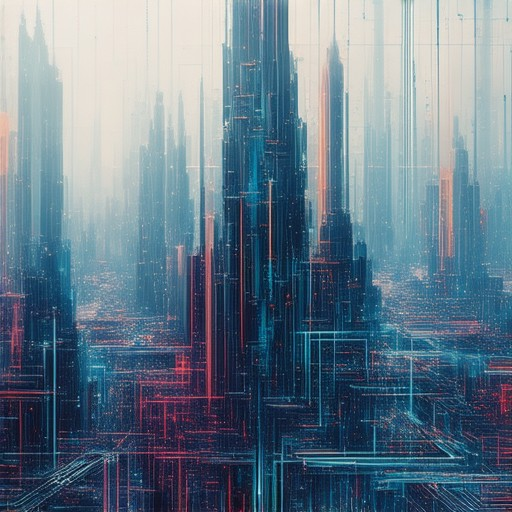
What are the 4 main parts of any website layout?
The four primary components of a typical website layout are:
- Header : This is the topmost section of a webpage, often containing the site’s logo, navigation menu, and sometimes a search bar or user authentication buttons. It provides easy access to different sections of the site and aids in branding.
- Main Content Area : This is the central portion of the page where the majority of the content, such as articles, product listings, or service details, is displayed. It is the primary area where users interact with the site.
- Footer : Located at the bottom of the page, the footer typically includes additional navigation links, contact information, links to privacy policies or terms of service, and social media icons. It serves as a quick reference for important pages and information.
- Sidebar : This is a vertical section, usually on the left or right side of the main content, used to display supplementary information such as ads, quick links, or widgets. It enhances the user experience by providing additional options without cluttering the main content area.
These components work together to create a cohesive and user-friendly interface, ensuring that the website is both functional and visually appealing across various devices.
What is Modern Website Design?
Modern website design refers to the approach and techniques used to create visually appealing, functional, and user-friendly websites. It combines creativity with technical expertise to deliver an optimal online experience. Below are the key components of modern web design:
- Content Structure :
Modern web design emphasizes clear and organized content structure. This involves creating a logical hierarchy of information, making it easy for users to navigate and find what they’re looking for. Tools like semantic HTML tags and CSS frameworks help achieve this. - Visual Appeal :
Modern websites rely on clean, minimalist designs that avoid clutter. This is achieved through the use of consistent typography, high-quality images, and thoughtful color schemes. Visual elements like gradients, shadows, and subtle animations enhance the aesthetic appeal without overwhelming users. - Responsive Design :
Responsive design ensures that websites look good and function seamlessly across all devices, including desktops, tablets, and smartphones. This is accomplished using flexible layouts and media queries that adapt to different screen sizes. - User Experience (UX) and User Interface (UI) :
UX focuses on how users interact with and perceive the website, while UI deals with the visual elements that facilitate this interaction. Modern design aims to simplify navigation, reduce friction, and provide intuitive feedback to users. - Performance Optimization :
Speed and efficiency are critical factors in modern web design. Techniques like lazy loading images, optimizing code, and leveraging browser caching ensure fast load times and smooth interactions. - Accessibility :
Modern websites are designed with accessibility in mind, ensuring that people with disabilities can still navigate and use the site effectively. Features like alt texts for images, keyboard navigation, and screen reader compatibility are essential. - Cross-Browser Compatibility :
Modern web design accounts for differences between browsers by ensuring compatibility across Chrome, Firefox, Safari, and Edge. This prevents issues like layout shifts or broken elements. - Emerging Trends :
Modern design incorporates trends like AI-driven design tools, voice interfaces, and interactive elements to enhance user engagement. These technologies are integrated thoughtfully to improve functionality without compromising aesthetics.
By focusing on these elements, modern web design creates cohesive, functional, and visually stunning websites that cater to diverse audiences and devices.
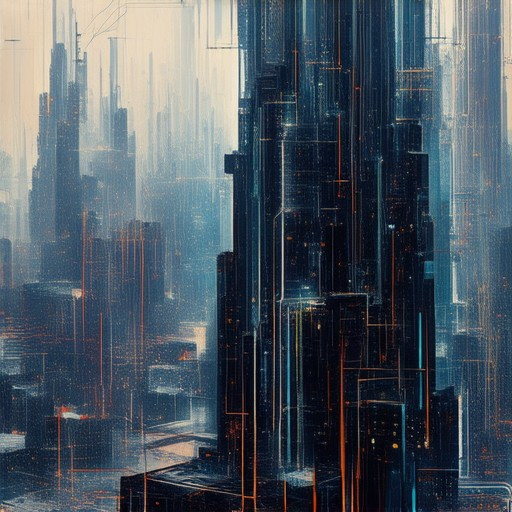
What is the future of website design?
The future of website design is poised to be shaped by innovation, technology, and user-centricity. Here’s a breakdown of the key trends and predictions:
Trends Shaping the Future
- Minimalist and Clean Design: Emphasizing simplicity, functionality, and user experience, minimalistic designs are expected to dominate due to their ability to reduce cognitive load and enhance navigation.
- AI-Powered Tools: AI-driven design tools are likely to become mainstream, enabling designers to automate tasks like layout creation, color palette selection, and responsive design optimization.
- Voice Search Optimization: With the rise of voice-enabled devices, designing for voice interfaces will be crucial. This includes optimizing content for voice search and creating intuitive voice-based navigation systems.
- Augmented Reality (AR) Integration: AR is expected to play a significant role in web design, particularly in e-commerce and virtual tours, allowing users to interact with products or environments in immersive ways.
- Sustainability Focus: Eco-conscious design principles will gain traction, with a growing emphasis on reducing digital carbon footprints and using renewable resources in design processes.
Technical Innovations
- Progressive Web Apps (PWAs): PWAs are set to become the standard for delivering fast, reliable, and engaging web experiences across devices. Their ability to work offline and provide native app-like experiences will drive adoption.
- Blockchain for Security: Blockchain technology may be integrated into website design to enhance security, data protection, and transactional capabilities, particularly in financial services and e-commerce platforms.
- Neural Networks in Design: Neural networks and machine learning algorithms will enable websites to adapt to individual user preferences and behaviors in real-time, offering hyper-personalized experiences.
Considerations for the Future
- Ethical Considerations: As web design evolves, ethical concerns such as privacy, accessibility, and fairness will continue to influence design decisions. Designers will need to balance aesthetics with these ethical implications.
- Accessibility Enhancements: The push for greater inclusivity will likely result in more robust accessibility features, ensuring that websites are usable by people with diverse abilities, including those with visual, auditory, or mobility impairments.
- Globalization and Localization: Website design will increasingly need to cater to a global audience, incorporating multilingual support, regional customization, and cultural sensitivity.
Resources for Learning
To stay ahead in web design, consider exploring resources like 119WebDesign.com , which offers comprehensive courses and tools tailored for modern web design challenges. This platform is a valuable asset for staying updated with the latest trends and techniques in the field.
By embracing these trends and considerations, web designers can shape the future of the internet to be more interactive, sustainable, and user-friendly.
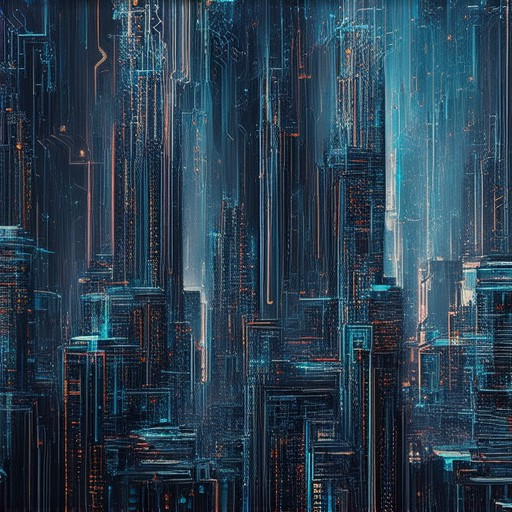
Which Design Is Trending Now?
In 2025, the graphic design landscape is buzzing with fresh trends that are redefining creativity and user experience. One of the standout movements is **bold minimalism**, which combines clean, uncluttered layouts with striking typography and vibrant hues. This trend emphasizes simplicity while adding a punchy aesthetic, making it perfect for modern branding and digital interfaces.
- Bold Typography: oversized fonts and unconventional typefaces steal the spotlight, offering a strong visual impact without overwhelming the viewer.
- Vibrant Color Palettes: high-energy color combinations, often inspired by nature and technology, create eye-catching designs that resonate emotionally.
- Raw Materials: textures like rough paper, exposed concrete, and weathered wood add an industrial edge to designs, giving them a tactile appeal.
- Asymmetrical Designs: breaking traditional symmetry, these layouts feel dynamic and forward-thinking, ideal for creative industries like advertising and packaging.
- 3D Elements: subtle shadows and dimensional graphics bring depth to flat designs, mimicking real-world experiences in virtual spaces.
These trends are shaping the future of design, blending functionality with artistic expression. To stay ahead, designers are increasingly leveraging tools like 119 Web Design to explore these concepts in detail. By embracing these emerging styles, creators can craft visually stunning and impactful work that stands out in today’s fast-paced market.
What is Brutalist Web Design?
Brutalist web design is a bold and unconventional approach to web design that emphasizes raw, gritty aesthetics. This style often features geometric shapes, high contrast colors, and a sense of ruggedness that differs significantly from cleaner, more minimalist designs.
Key Features of Brutalist Web Design:
- Raw and unpolished visual style
- Geometric and asymmetrical layouts
- High contrast between light and dark
- Rugged textures and imperfections
- Industrial-inspired elements
- Emphasis on bold typography
Origins and Influences:
The Brutalist style draws inspiration from mid-century modernism and punk culture, emerging as a reaction against the sleek, polished designs of the late 20th century. It often incorporates elements of rawness and edginess to create a memorable and impactful user experience.
Pros and Cons:
- Pros:
- Stands out from traditional designs
- Creates strong visual impact
- Can effectively tell a story or convey emotion
- Cons:
- May lack usability for some users
- Can appear overwhelming
- Requires careful balance to avoid clutter
Applications of Brutalist Design:
Brutalist web design is particularly effective for:
- Portfolio websites
- Landing pages
- Brand identity websites
- Products with a unique story to tell
Examples of Brutalist design in action can be found on websites like Brutalist Websites and Behance , showcasing its versatility and impact.
Conclusion:
Brutalist web design is a distinctive and daring choice for those looking to create visually striking and memorable online experiences. Its raw, unapologetic aesthetic makes it a great fit for projects that aim to stand out and leave a lasting impression.
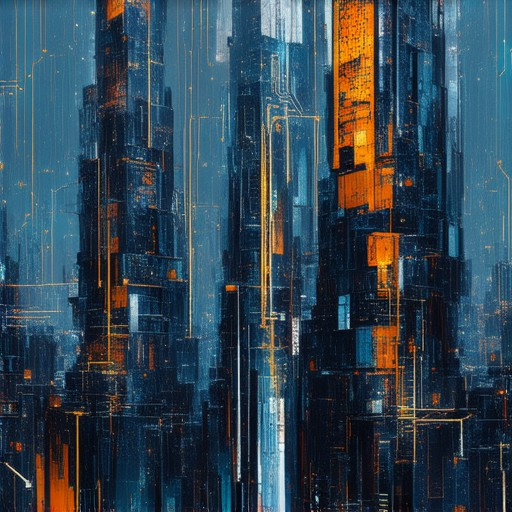
Next Big Things in Design
The design world is constantly evolving, and 2025 promises to bring exciting new trends and innovations. Here are some of the most anticipated developments:
- Sustainable Design Practices : As environmental consciousness grows, sustainable design is expected to take center stage. Designers are increasingly adopting eco-friendly materials, reducing waste, and incorporating renewable energy sources into their work.
- AI-Powered Design Tools : Artificial intelligence is transforming the design process, enabling faster prototyping, personalized design solutions, and predictive design trends. However, the human element remains crucial in adding creativity and uniqueness to projects.
- Virtual and Augmented Reality Experiences : The integration of VR and AR is redefining how designs are experienced. These technologies are being used to create immersive environments, particularly in industries like gaming, architecture, and product design.
- Accessibility-First Design : There’s a growing emphasis on designing for everyone, regardless of ability. Inclusive design principles are becoming standard, ensuring that products and services are usable by people of all backgrounds and skill levels.
- Spacial Design and 3D Printing : The rise of 3D printing technology is enabling the creation of intricate and functional designs. Spatial design, which focuses on creating meaningful environments, is also gaining momentum, pushing the boundaries of both digital and physical spaces.
These trends not only reflect technological advancements but also societal shifts toward innovation, inclusivity, and environmental responsibility. As the design community continues to evolve, these concepts will undoubtedly shape the future of creativity and expression.
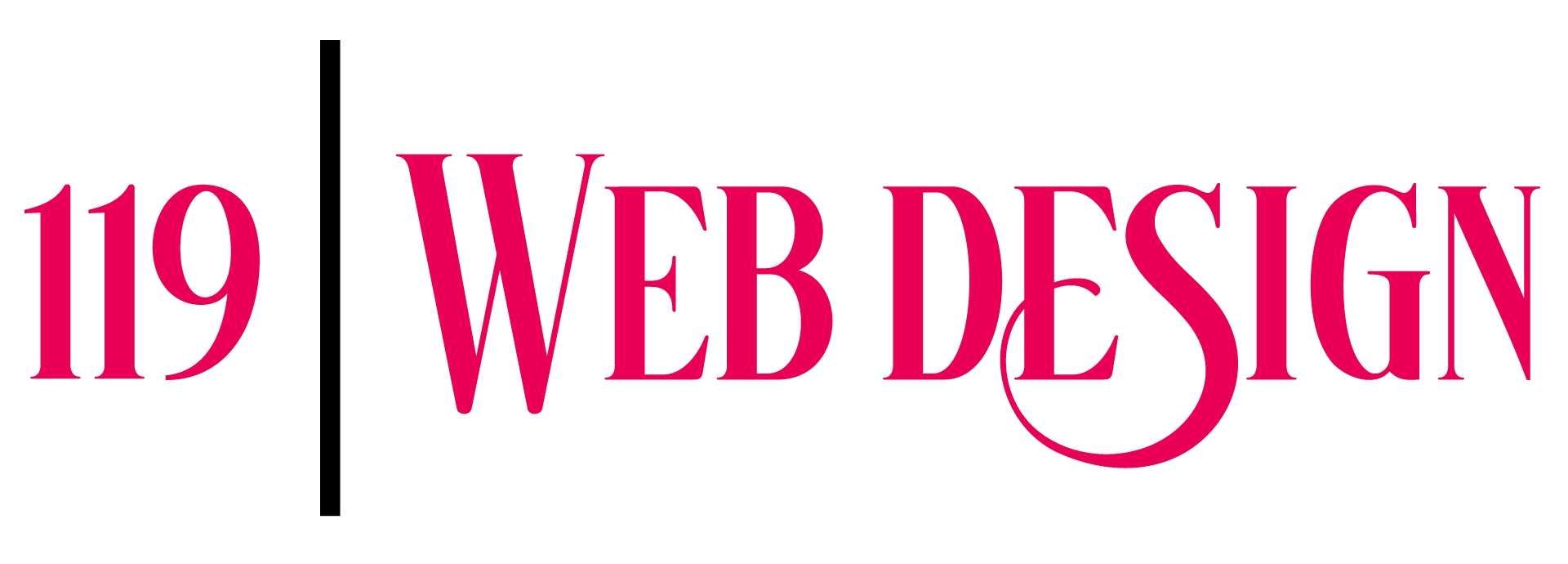
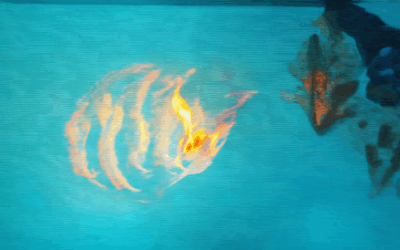
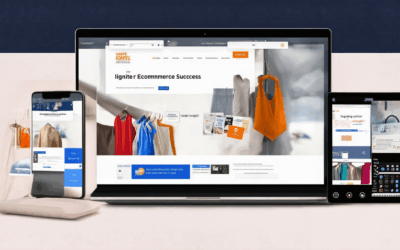
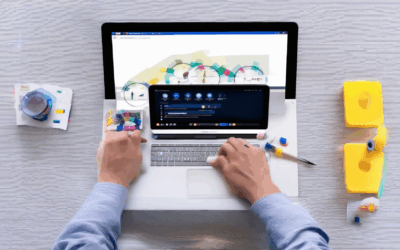
0 Comments